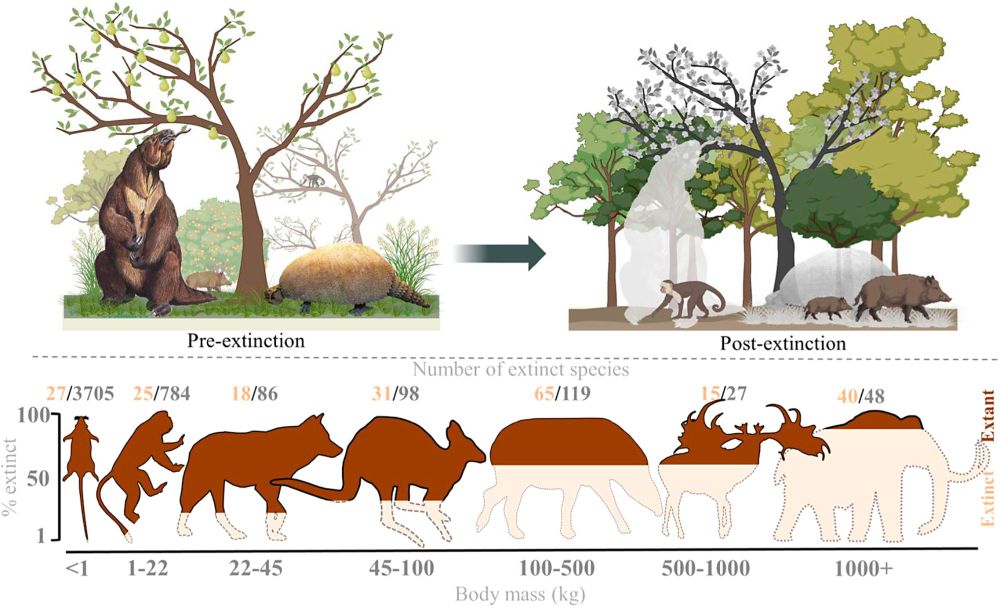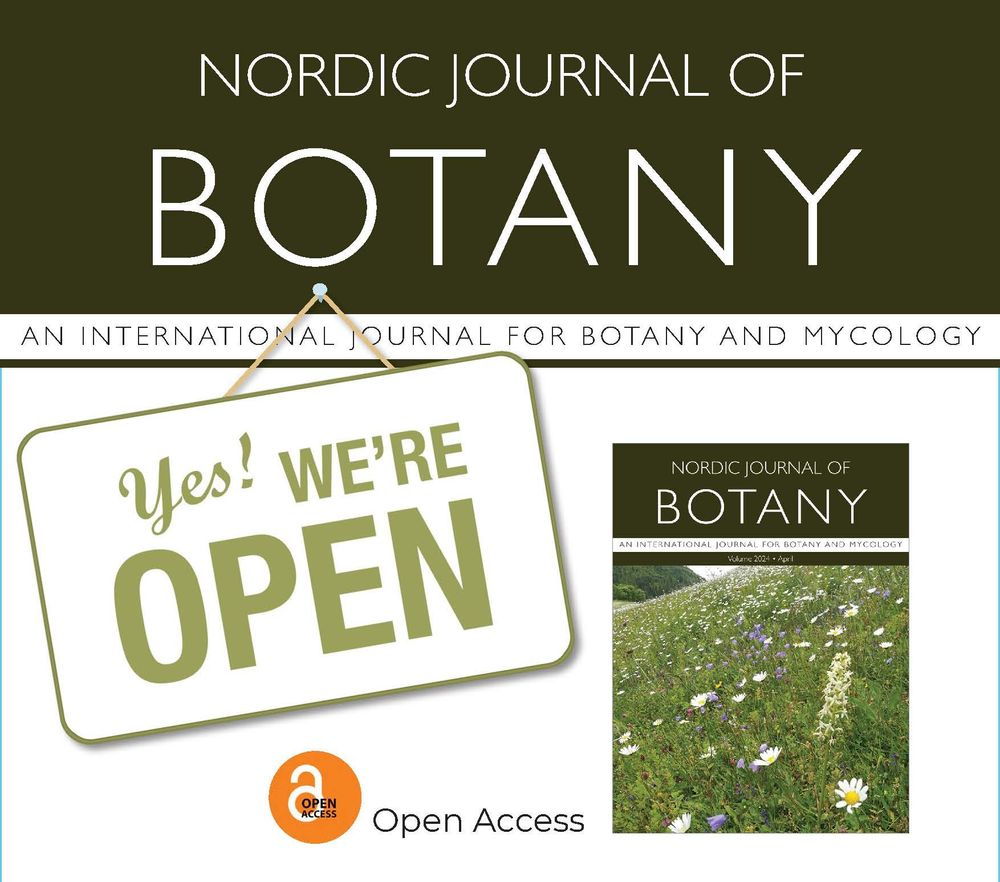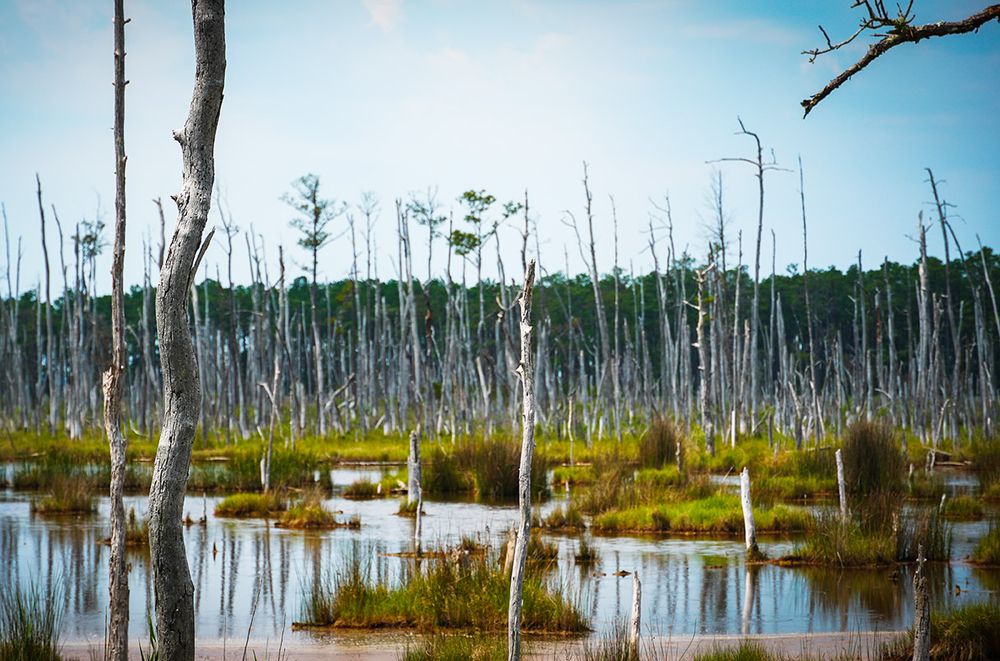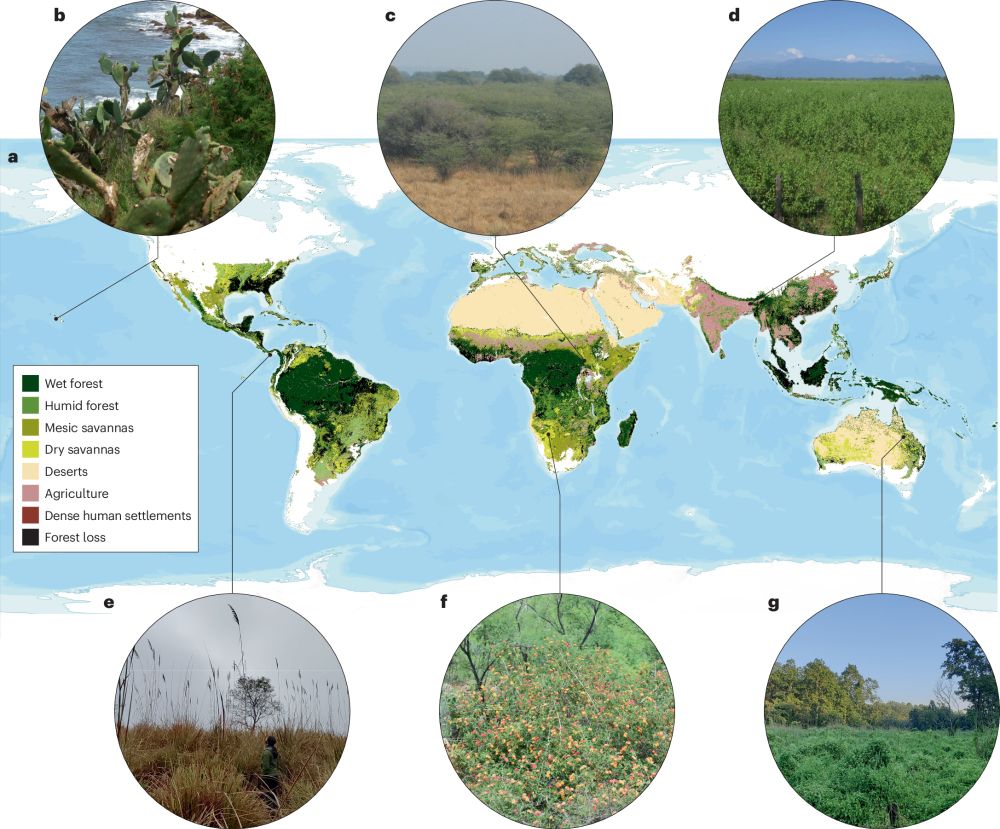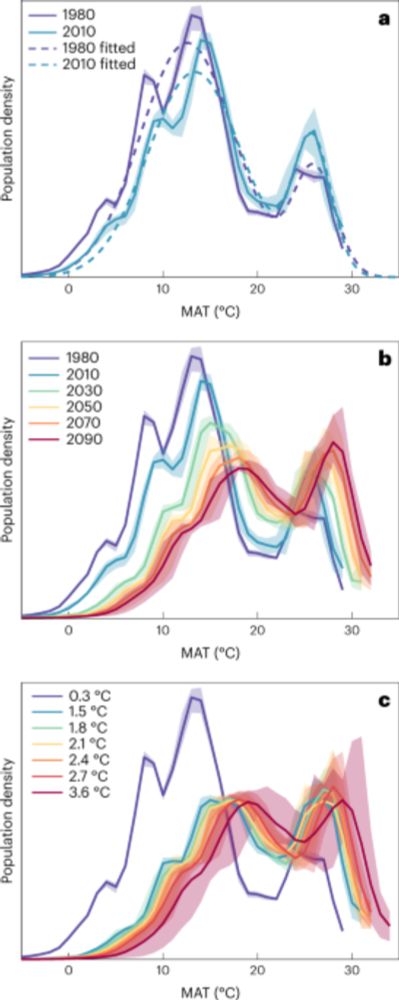Jens-Christian Svenning
@jcsvenning.bsky.social
6.1K followers
610 following
290 posts
Scientist: #biodiversity, #macroecology, #climatechange, #restoration & #rewilding, #novelecosystems, #plants & #vegetation, #megafauna, #human-#nature relations & #remotesensing. Director, https://econovo.au.dk/
Posts
Media
Videos
Starter Packs
Reposted by Jens-Christian Svenning
Reposted by Jens-Christian Svenning
Reposted by Jens-Christian Svenning
Reposted by Jens-Christian Svenning
Reposted by Jens-Christian Svenning
Reposted by Jens-Christian Svenning
Reposted by Jens-Christian Svenning
Reposted by Jens-Christian Svenning
Reposted by Jens-Christian Svenning
Reposted by Jens-Christian Svenning
Reposted by Jens-Christian Svenning
Reposted by Jens-Christian Svenning
